Canon 500mm f4 L IS II USM lens is my primary lens for wildlife photography for the past six years. It is the dream of any wildlife photographer to have such an excellent prime lens in their kit.
So, I will share some of my photography experiences using this super telephoto lens.
Wildlife Photography with Canon 500mm f4 L IS II Lens
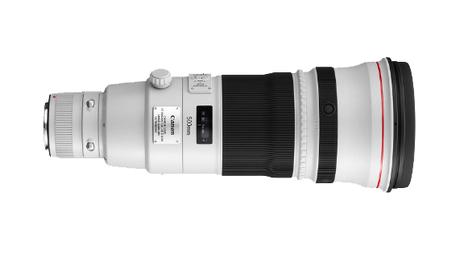
1. With APS-C DSLR Camera Body
I used Canon 7D with the Canon 500mm when I got this lens initially. This combination gave me an effective focal length of 800mm, with the 1.6x crop factor of the 7D. It gives me the additional reach at the cost of dynamic range and higher ISO restrictions.
Images up to ISO 800 is good with the Canon 7D. Anything above this value will result in a noisy image, which is quite tough to fix. So, if any action happens, I will go with an ISO 800 and play with the Aperture, Shutter speed and the Exposure to freeze it.
The large Aperture value of f4 of the Canon 500mm lens helped me in these situations. Shutter speed is selected in such a way that it is good enough to freeze the moment.
Sometimes, I had to make a trade-off with the Exposure settings to get a good shutter speed. So, I underexposed the image by one or two stops. But, I shoot the image in RAW format and recover the details while post-processing.
Later, I upgraded my camera to Canon 7D Mark II. It helped me to get an additional stop of exposure with lesser noise at ISO 1600. So, I used to limit my ISO settings to 1600 with this camera. Most of the time, I will be shooting in Manual mode.
I will go for the Aperture Priority mode only when I don’t get sufficient time with the camera settings.
2. With Full-Frame DSLR Camera Body
Later, I invested on a full frame camera body, Canon 1DX Mark II. Thus, Canon 7D Mark II became my secondary body.
The performance of 1DX Mark II is really impressive. The autofocus speed and the noise performance are excellent.
I used to go up to 6400 ISO. Even though the picture becomes grainy at this ISO, I can easily fix the noise using software like Topaz DeNoise AI.
It allowed me to shoot two stops faster. The Canon 1DX Mark II with Canon 500mm f4 L IS II lens is a deadly combination for wildlife photography in my opinion.
Another good advantage of this lens is that you can easily carry it along with a couple of camera bodies and a couple of lenses in a camera bag, which is aircraft compliant.
If you go for the 600mm or the 800mm super telephoto lenses, then you may find it challenging to get a camera bag which can accommodate your other camera gears and accessories, and fit inside the cabin space in the aircraft.
So, the size and form factor of the Canon 500mm had made it more travel-friendly.
Snow Leopard from Kibber
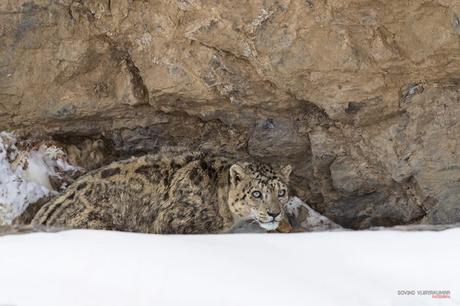
This Snow leopard was photographed using the 500mm lens with Canon 1DX mark II. It was shot in the afternoon time. The conditions were hazy with too much of light reflecting from the snow.
The better optics of Canon 500 mm lens along with the felt coated Lens Hood made it possible to get a shot with better details.
The only disadvantage, which I felt while using this lens is on the image composition side. It is not a disadvantage of this particular lens, but for all prime lens.
So, sometimes, I will have to crop the image to get a good composition.
Wildlife photography will not give you the luxury of adjusting the distance between the subject and the camera for composition when you are using a prime lens for photography.
It is because you are doing photography, sitting inside a vehicle.
Red Panda from Singalila National Park
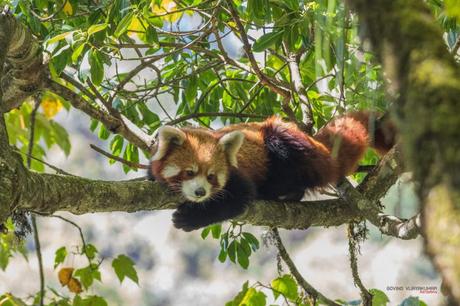
For this lovely image of the Red Panda from wild, I had to trek a lot inside the Singalila National Park in West Bengal, India.
The lightweight feature of the Canon 500mm lens helped me to carry it easily on my shoulders, along with the Canon 1DX Mark II camera body.
The superior build quality of the lens ensured that it stays intact, with all the walking around.
Tiger Cub from Ranthambore
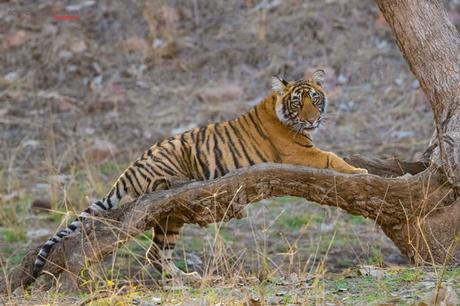
This image of the Tiger cub is from the Ranthambore in Rajasthan, India. Canon 500mm f4 L IS II lens is used for this shot with the Canon 1DX Mark II body. It was taken one hour after the sunrise.
The lighting conditions were poor, and there is a massive mountain behind this scene, blocking the rays of the sun. The four stops of image stabilization helped me to take this shot at relatively slower shutter speed, in handheld condition.
I had to ensure that there is no wind and actions while the shot was taken. Any movement in the frame at a slower shutter speed will result in a blurred image.
Tiger cub playing with Mother
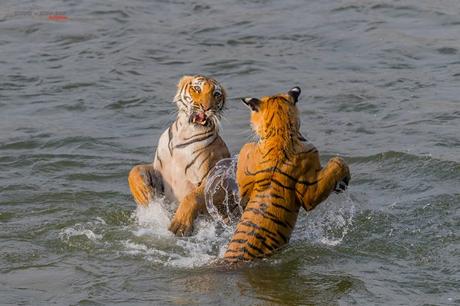
Another thing to talk about is the three IS modes in the Canon 500mm f4 L IS II USM lens. The IS1 is the regular Image stabilization and IS2 for the panning shots. The IS3 mode is something which I found very interesting, especially when the subject is in motion.
I switch to this mode when I expect some action to takes place. This mode is very good with the action scenes. This action scene between the two Tigers is captured in IS3 mode.
Conclusion
So, altogether, this lens is an excellent asset to me and helped to capture some great images in all types of natural lighting conditions, which makes it my favorite lens for wildlife photography.
I used Canon 100-400mm IS lens initially and later switched to this 500mm one. When it comes to image quality between Prime and Zoom lens, Prime is a clear winner.

